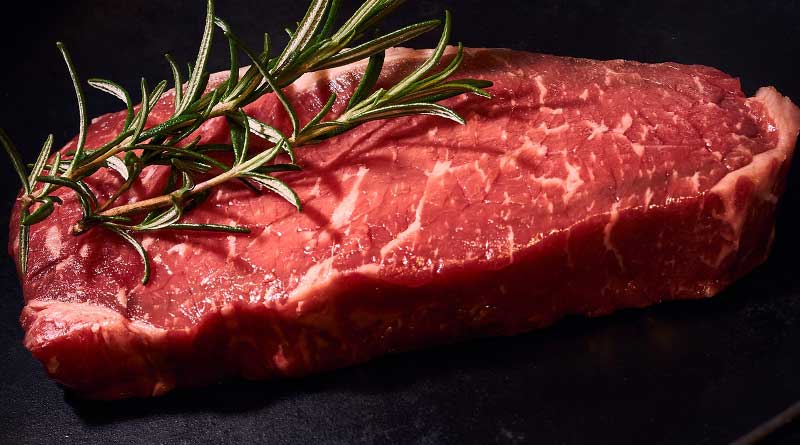The Carnivore Diet & Micronutrients

Executive Summary
Please login to view this content
Introduction
I have been asked a few questions about the carnivore diet, as it has grown in popularity. One of these came from Jon Furniss, PhD, who is a Public Health Collaboration (PHC) ambassador. Jon recently shared that he had found this way of eating of enormous help with his Type 1 Diabetes, which was diagnosed in adulthood. Jon wears a Continuous Glucose Monitor and had found that his blood glucose levels were far more stable when he moved from very low carbohydrate intake to zero carbohydrate intake – from keto to carnivore in effect.
When I think of the carnivore diet, I think of Dr Shawn Baker, Dr Paul Saladino and Mikhaila and Jordan Peterson. There are many thousands more people eating carnivore diets, but those are some of the best known. Drs Baker and Saladino have written books about the carnivore diet (Ref 1).
A carnivore diet can mean different things to different people, but the key characteristic is that the diet includes animal foods and excludes plant foods. A carnivore eats things that vegans don’t eat (they are in mutually exclusive food sets). The animal foods consumed can include meat; fish; eggs; dairy products and animal fats. Some carnivore diet followers avoid dairy; some carnivore diet followers eat nothing but meat and not all carnivore diet followers eat all meat (there’s less ‘nose to tail’ going on in carnivore diets than you might think). Mikhaila Peterson eats beef three times a day and that’s it. Shawn Baker eats mostly ruminant meat, but also eats fish, eggs, and butter. Shawn said his book “The Carnivore Diet” could be summed up as “Just eat a damn steak; repeat when hungry.”
Why?
The rest of this article is available to site subscribers, who get access to all articles plus a weekly newsletter.
To continue reading, please login below or sign up for a subscription. Thank you.




